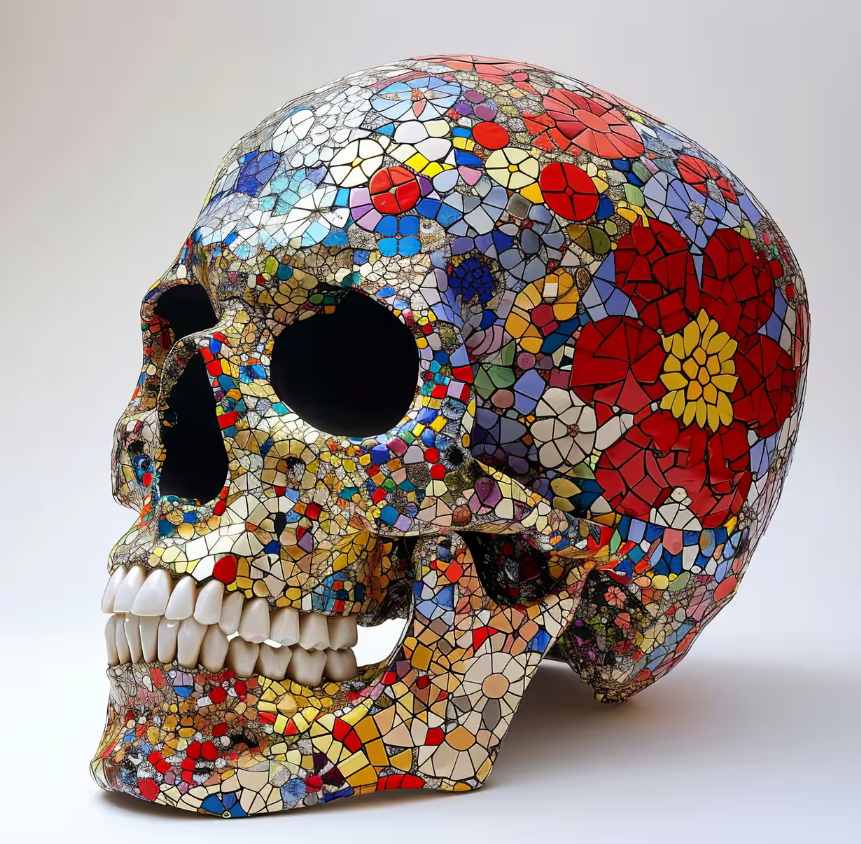TL;DR:
- British artists are joining forces to address concerns surrounding AI image-generating software.
- A list of 16,000 artists’ names, allegedly used to train AI by Midjourney, has sparked collective action.
- British artists are considering class action lawsuits against Midjourney and other AI firms.
- Legal experts from the US are advising British artists in this endeavor.
- The lawsuit contends that AI image products serve as copyright-laundering devices.
- Artists argue that AI-generated images often closely mimic their original creations, raising issues of plagiarism.
- The Design and Artists Copyright Society (DACS) advocates for government regulation of generative AI.
- DACS suggests implementing a licensing system similar to Spotify royalties for artists.
- Getty Images has initiated legal action against Stability AI for copyright infringement.
- Researchers are developing tools to disrupt AI databases with tainted data.
- The debate over AI’s role in art creation continues, with some artists exploring AI art movements.
Main AI News:
The art world stands at a crossroads as British artists rally together to confront the ever-expanding influence of AI image-generating software. The emergence of AI image generators, such as Midjourney, has left artists pondering whether this technological advancement is a promising opportunity or a looming existential threat. However, a recent revelation has galvanized the artistic community into action. A list of 16,000 names has surfaced, purportedly representing artists whose creative works were utilized to train Midjourney’s AI. This list includes luminaries like Bridget Riley, Damien Hirst, Rachel Whiteread, Tracey Emin, David Hockney, and Anish Kapoor, to name just a few.
The gravity of this situation has prompted British artists to engage with US legal experts to explore the possibility of joining a class action lawsuit against Midjourney and other AI firms. Simultaneously, some artists are contemplating initiating their own legal proceedings within the UK. Tim Flach, the president of the Association of Photographers and an internationally renowned photographer whose name is listed, underscores the urgency of collective action, stating, “What we need to do is come together.”
This 24-page list of artists’ names constitutes Exhibit J in an ongoing class action lawsuit filed by ten American artists in California against Midjourney, Stability AI, Runway AI, and DeviantArt. Matthew Butterick, one of the lawyers representing these artists, reveals, “We’ve received expressions of interest from artists worldwide, including those from the UK.” The tech firms in question must respond to the claim by February 8th, although Midjourney has yet to comment on the matter.
The lawsuit against these AI companies contends that their AI image products serve as copyright-laundering mechanisms, offering customers the allure of art without compensating the original creators. Despite the promise of AI generating imagery based on one’s descriptions, it remains constrained by the existence of prior artwork. Artists have recently discovered that Midjourney can produce images strikingly similar to their original creations, which they argue amounts to plagiarism. Furthermore, Midjourney enables and even encourages its users to specify an artist’s distinctive style.
For Flach, whose stylized animal portraits are renowned, the impersonation of artists and their unique styles poses a significant concern. He explains, “Because if you take an artist’s style, you’re effectively robbing them of their livelihood.” A survey conducted by the Design and Artists Copyright Society (DACS) of 1,000 artists and agents revealed that 89% of respondents desire government regulation of generative AI to protect the UK’s £108 billion creative industries. Alarmingly, 22% of those surveyed had already discovered that their own work had been employed to train AI models.
DACS advocates for a licensing system akin to the royalties paid to musicians by platforms like Spotify, albeit with more substantial compensation. Recent developments, such as Vodafone and Microsoft’s $1.5 billion AI deal, suggest that significant financial resources are available within this burgeoning sector. Getty Images has also initiated legal action against Stability AI, alleging copyright infringement on its photographs. Meanwhile, researchers at the University of Chicago have devised a tool to contaminate AI databases with disruptive elements.
While some artists, like Julia Fullerton-Batten, were appalled to find their names on Midjourney’s list, the allure of AI’s capabilities remains a complex issue. Fullerton-Batten, an award-winning fine art photographer, acknowledges the initial excitement of seeing her photography style replicated by AI but quickly recognizes the harm it inflicts on creators. Opposition to AI among artists is not unanimous, with some even attempting to foster an AI art movement. The line between inspiration and plagiarism becomes increasingly blurred in this new landscape.
Renowned sci-fi artist Chris Foss, whose work has heavily influenced AI generators, remains undeterred by imitations. He perceives potential benefits in using AI-generated images as a starting point for his own paintings, recognizing the solutions it offers in addressing various artistic challenges. As the art world grapples with these complex issues, the future of AI’s role in the creative process remains a topic of intense debate.

An AI rendering by Midjourney based on one of Damien Hirst’s ‘spin skull’ creations. Source: micwhit/Midjourney
Conclusion:
The united front of British artists against AI image-generating software reflects a growing concern in the market regarding copyright protection. This movement has the potential to reshape the relationship between AI technology and the creative industries, leading to increased calls for government regulation and fair compensation for artists. The outcome of these legal battles and the ongoing debate over AI’s impact on art will have significant implications for the future of AI in the artistic world.

